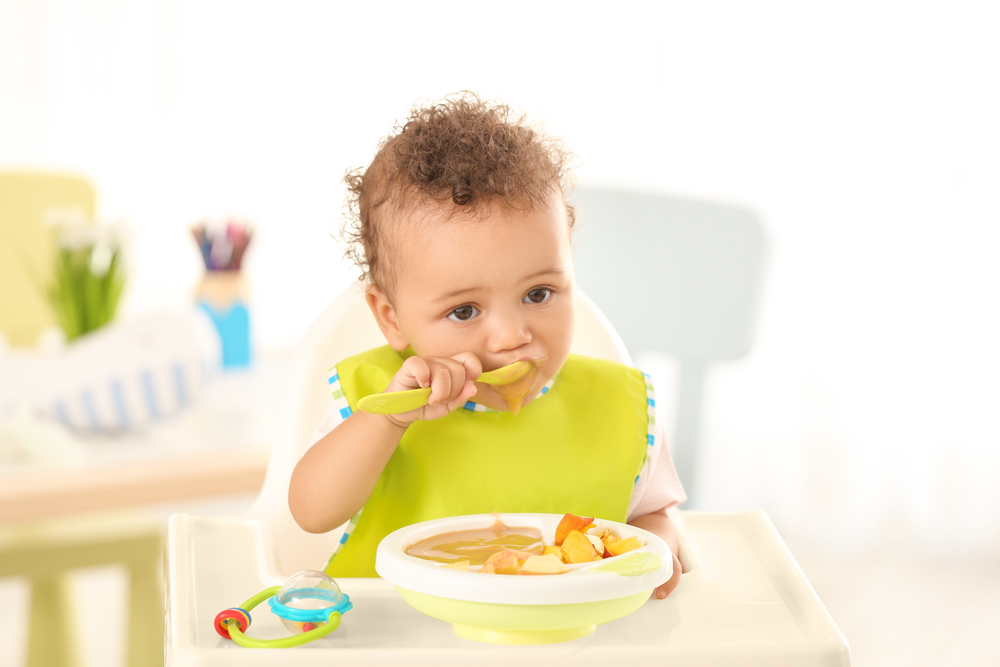It’s not your imagination: Food allergies are on the rise, especially in kids. According to Food Allergy Research & Education (FARE), approximately 5.6 million children under the age of 18 suffer from these conditions, requiring parents and caregivers to closely monitored. Whether or not your child has an allergy to milk, gluten or peanuts—or no allergies at all—chances are that they will encounter a classmate or friend that does. As a parent, it’s helpful to arm yourself with the latest information to better understand these dietary restrictions.
Peanut-Proof; Gluten-Free
The parenting world has been buzzing with growing concern over the rise in peanut allergies—a rate that has tripled in children in recent years. According to medical experts, the potential for contracting this allergy later in life can be reduced by introducing children to peanuts early on. “Babies should try a little bit of peanut exposure around six months of age, shortly after starting solid foods,” says American Academy of Pediatrics spokesperson Dr. Natalie Digate Muth (drnataliemuth.com), author of Family Fit Plan: A 30-Day Wellness Transformation (https://shop.aap.org/family-fit-plan-paperback/). She recommends trying peanut powder or a small amount of plain peanut butter thinned with breastmilk or formula. “Peanuts should be a regular part of the infant feeding plan (at least 3 times per week) from there on out,” adds Muth.
Another food allergy that’s become more widespread is gluten. The good news is that dietary alternatives have become more plentiful, ranging from gluten-free breads, crackers and pancake mixes at the grocery store, to gluten-free pastas and pizzas at your favorite take-out place. However, caution the experts, be mindful of the ingredients and nutrients these substitutions may be missing. “It’s important to look for protein and fiber because some gluten-free products lack both protein and fiber,” says Linzy Ziegelbaum, registered dietitian, pediatric allergy/immunology, Northwell Health. “For example, an almond-based tortilla will have more protein and fiber than a rice-based one, and bean- or lentil-based pastas will have more protein and fiber than other gluten-free pastas available.”
Of course, going ‘au natural’ is an effective way to obtain daily nutrients. Naturally gluten-free sources include fruits, vegetables, nuts, beans and eggs.
Got Milk?
Calcium fosters good bone health at any age and is essential component of a child’s diet. For kids that are lactose-intolerant, but do not have an allergy to milk, lactaid milk is a safe and nourishing alternative. Those that do have a milk allergy should steer clear of lactaid-based products to avoid a severe reaction. “For children under 2, it is important that their milk contains fat and protein in addition to calcium,” advises Ziegelbaum. “A good alternative for them is pea protein-based milk or soy milk.” Older kids in need of calcium can benefit from almond or oat milk, in addition to the previous suggestions. Ziegelbaum also recommends checking labels to see if other products are fortified with calcium, such as fortified cereals, fortified juices, tofu and bok choy.
Eating Out
And while parents can easily monitor their child’s eating habits at home, contending with classroom parties and birthday celebrations also requires a watchful eye. “Most schools have policies regarding parties and food allergies,” notes Muth. She recommends that parents familiarize themselves with those policies and “talk with their child’s teacher who can help to come up with a plan to make sure that a child with a serious food allergy is safe.”
Before parties both in and outside of the classroom, be sure to let the class parents (or birthday boy/girl’s mom or dad) about your child’s dietary restrictions. “Parents should always send their child with a safe alternative, so they don’t feel left out from the party,” says Ziegelbaum. “Many brands and bakeries now make allergy-friendly cookies and cakes that children with food allergies can enjoy.”




